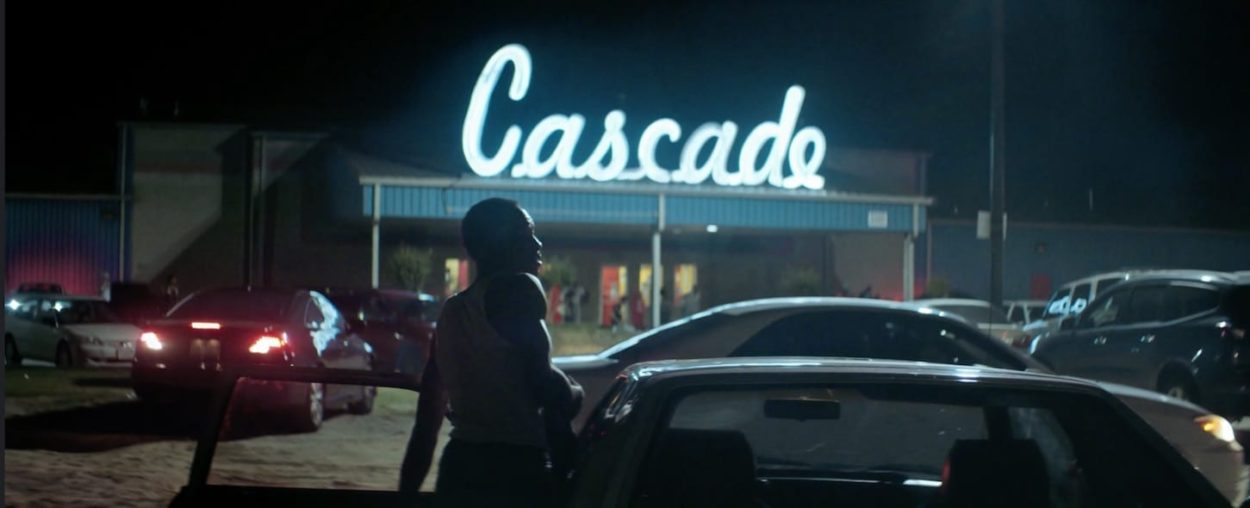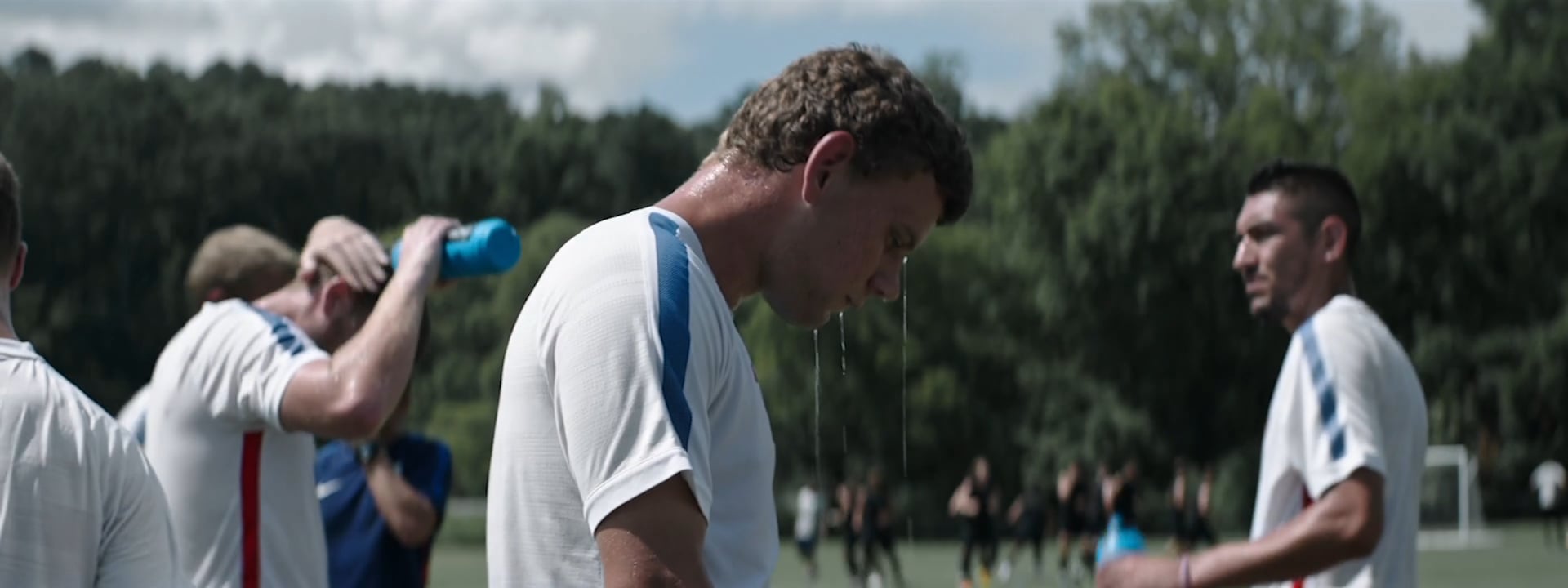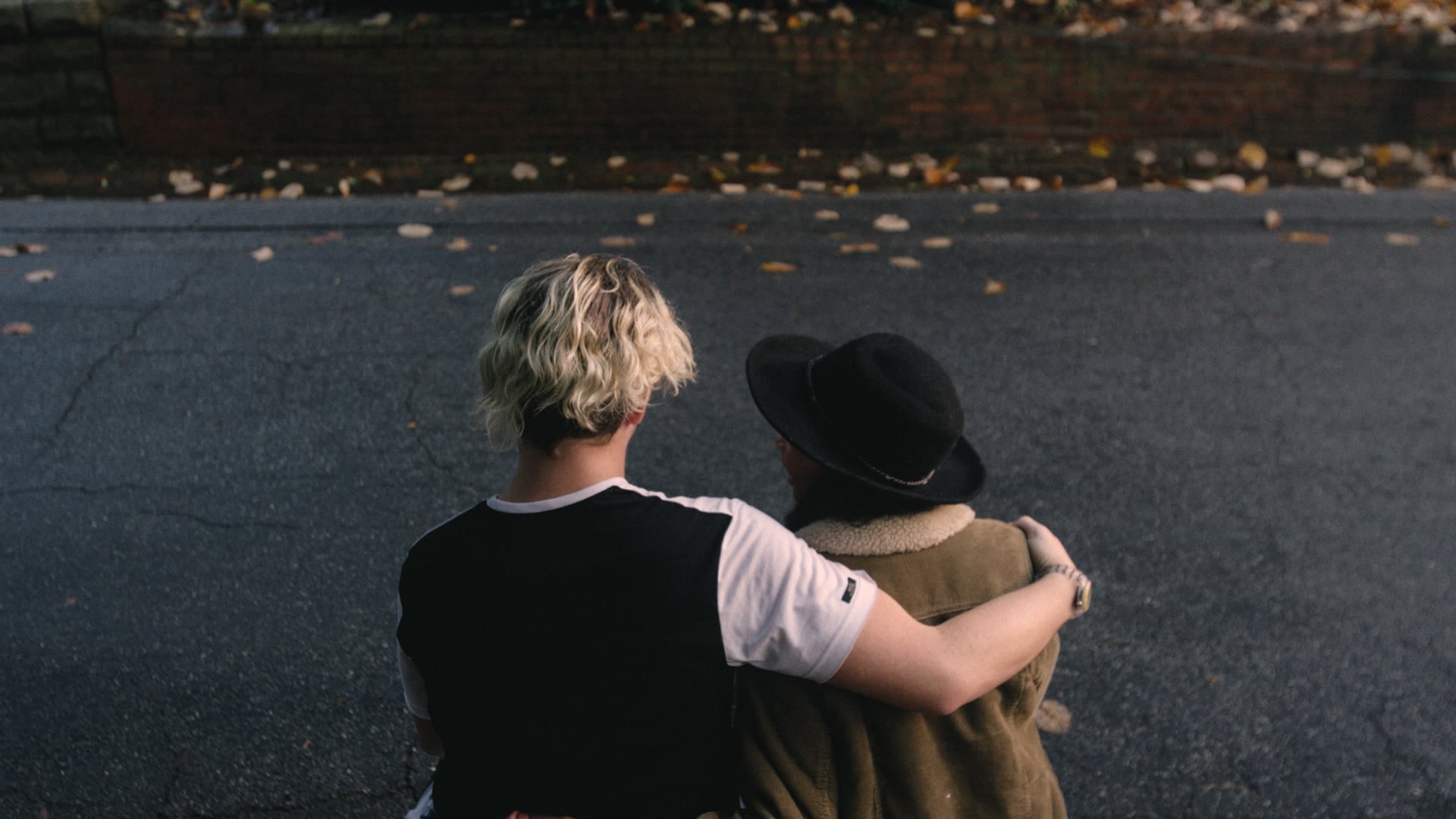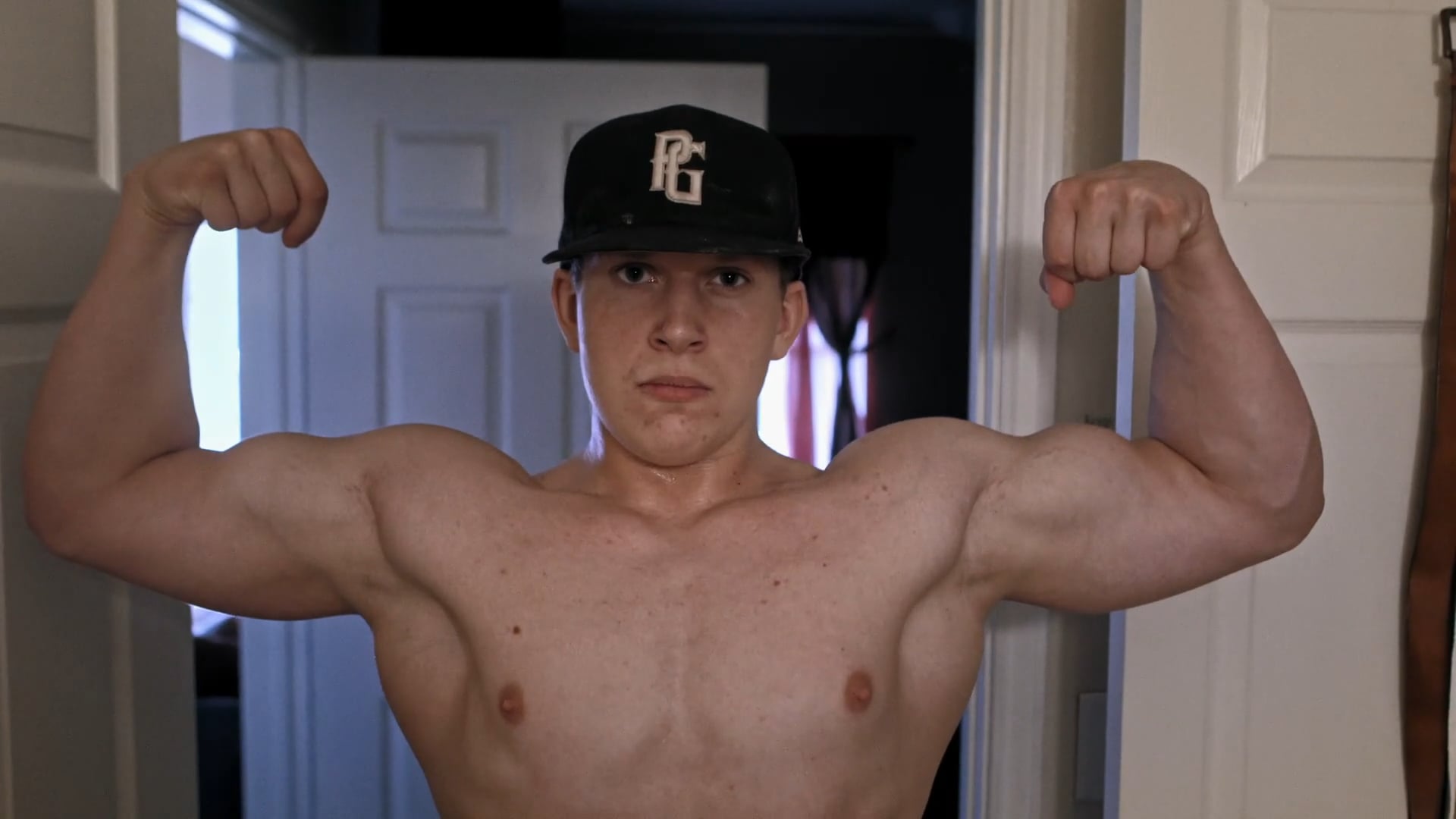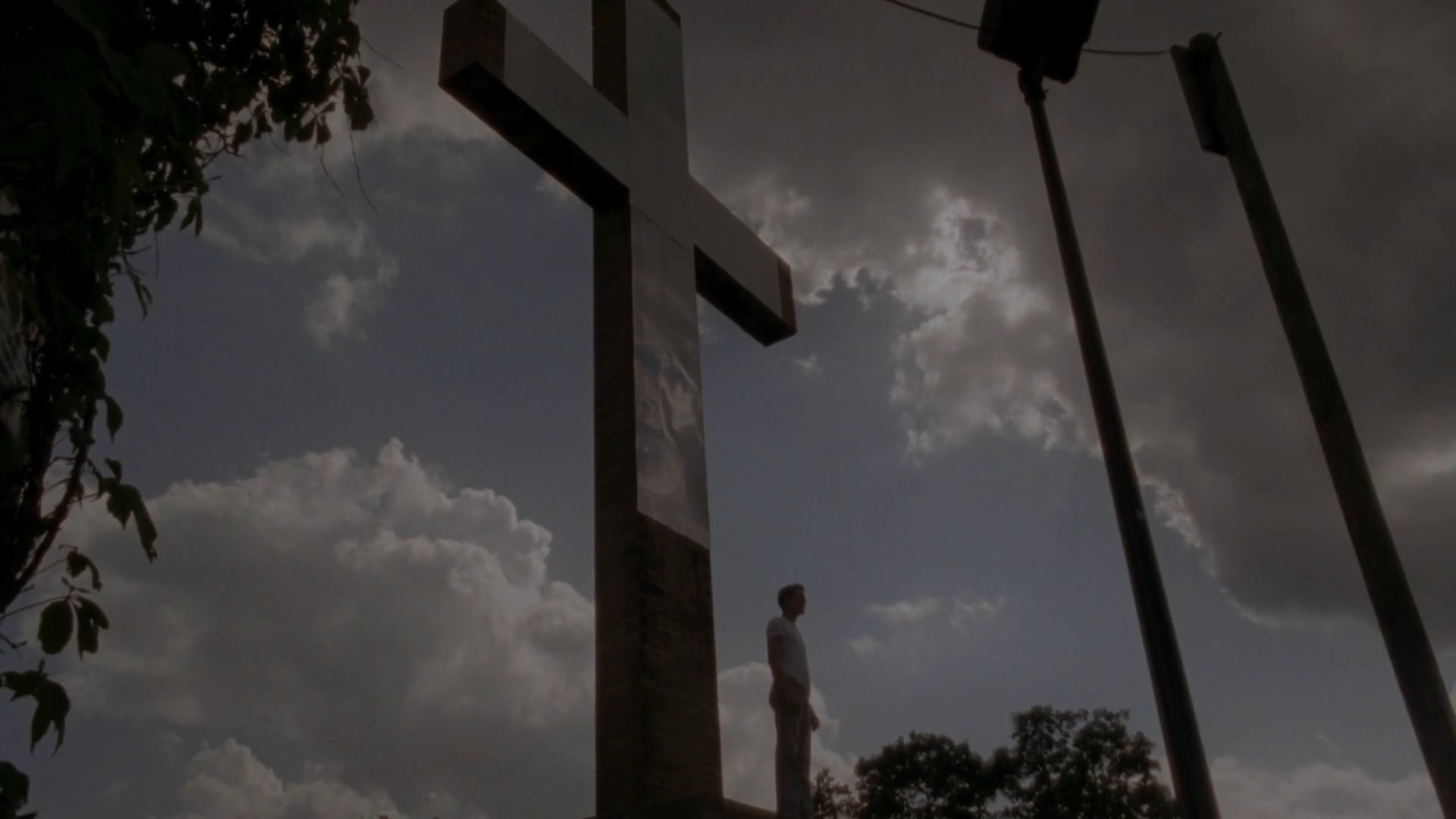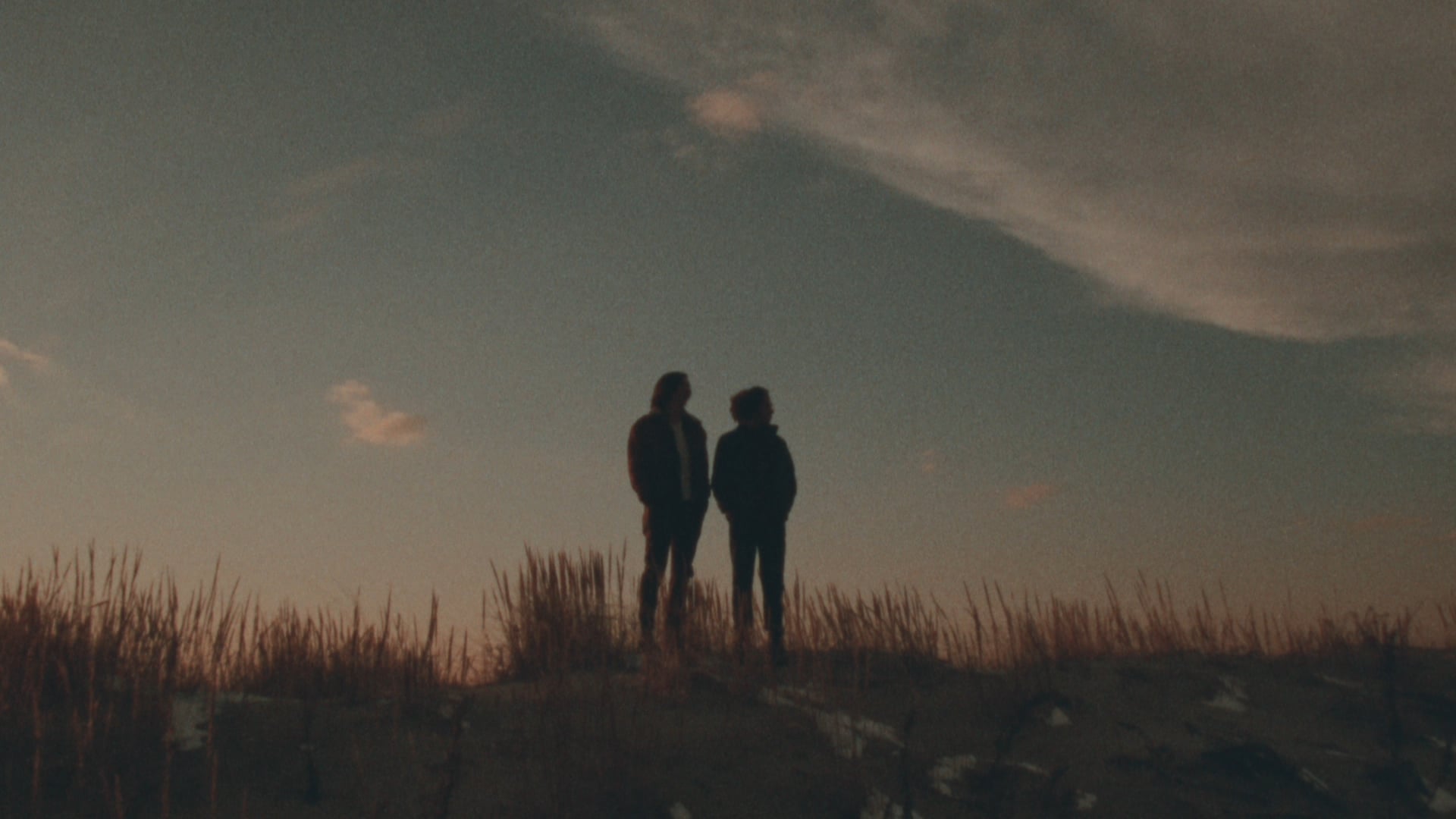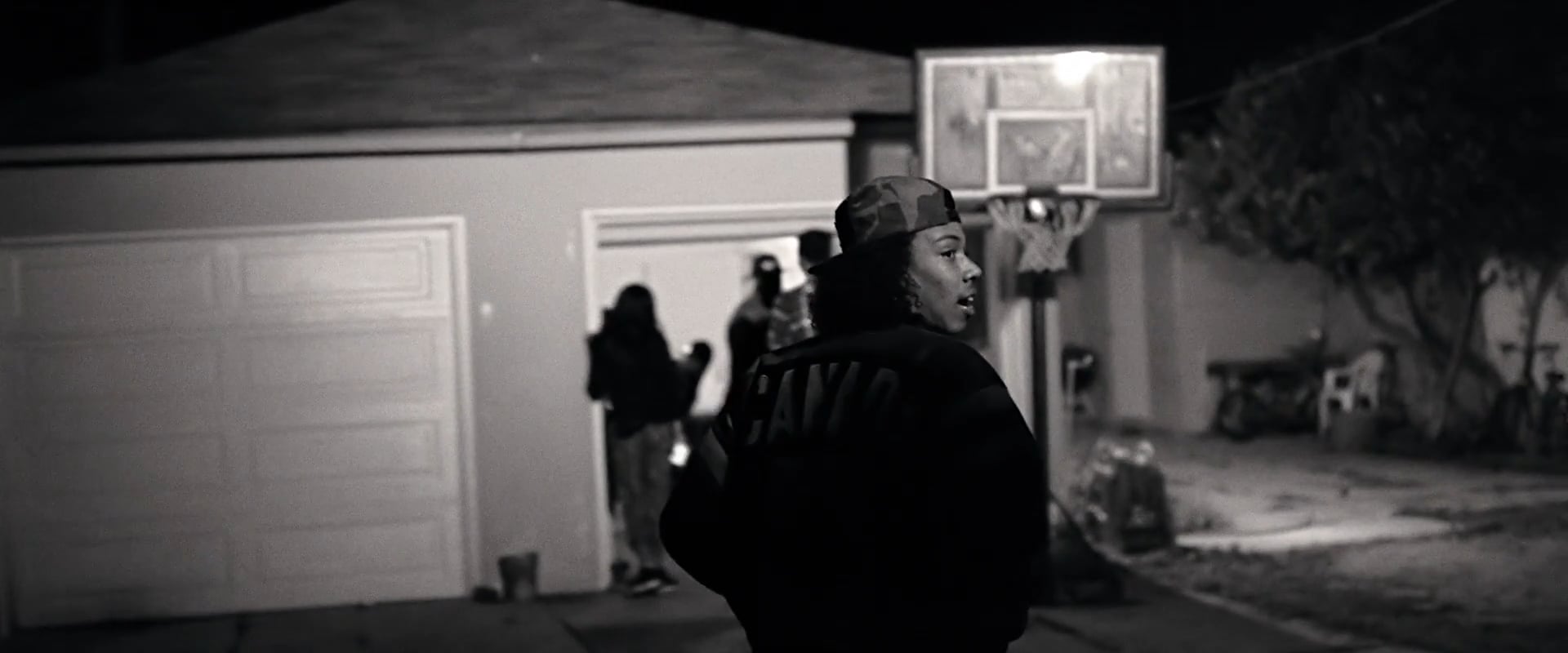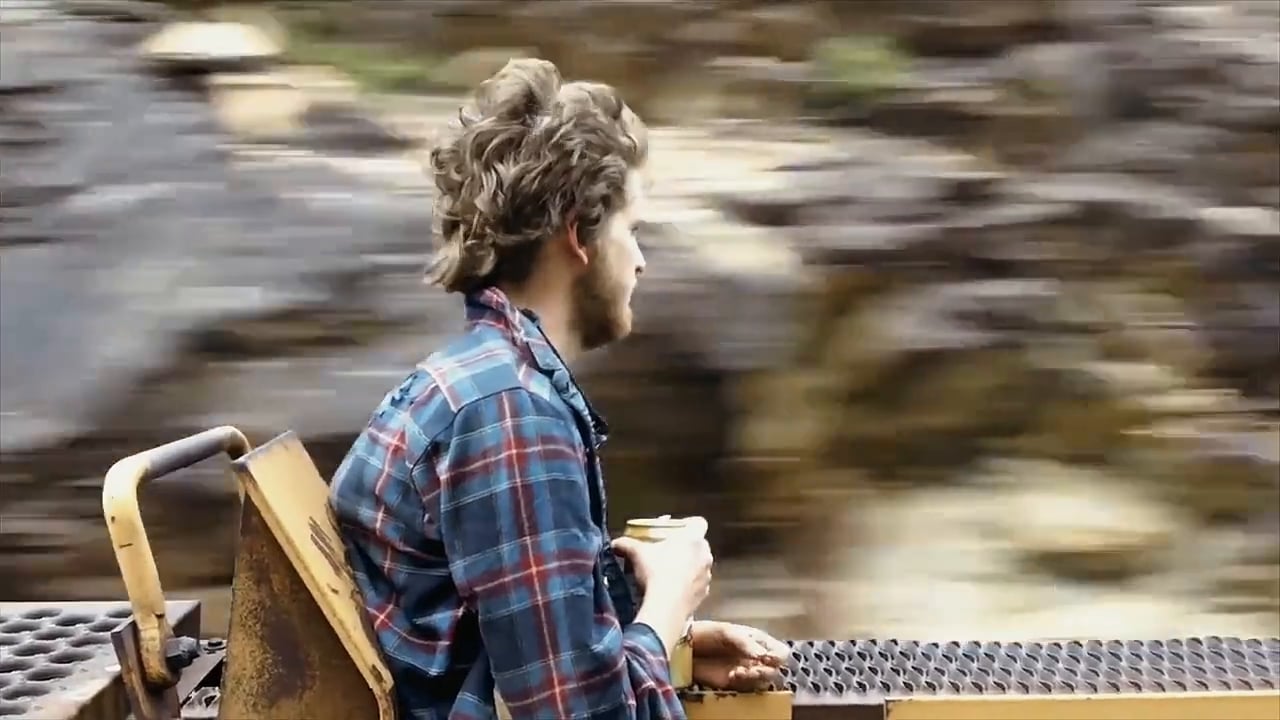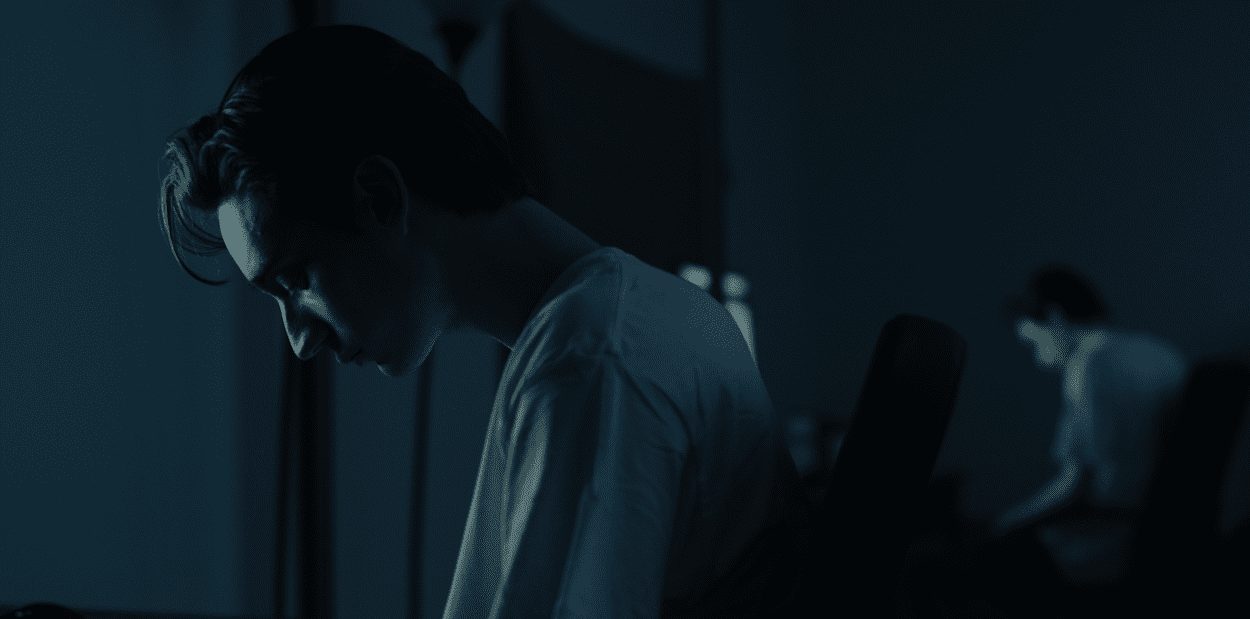Please sum up your childhood.
My childhood was pretty normal, I wish I had some crazy turmoil, but I grew up in the suburbs of Atlanta, Georgia. My father was Colombian, he came to Atlanta when he was 19 and he always thought he was going back but ended up staying because he met my mum. It was a very Colombian household, a Roman Catholic family, that was a strong element.
Do you feel the Colombian culture has been a big influence in your life, albeit lived in the States?
Totally. A lot of my friends were raised to believe that America is the end all and be all, but my dad being a foreigner, would remind me that there was a lot more to the world and that helped shape my world view and the people I hung out with. I was always interested in meeting different groups and subcultures of people and always wanted to explore new things rather than stay in a little community. I was always restless to get out.
I’d been making short films since I was 11 with my friend who to this day I’m still working with, he’s a colourist in New York – David Torcivia.
After high school I went to college (majoring in film) but part of me was thinking that I didn’t need film school to make films and I just dropped out. I moved into this house with a bunch of crust punks next to a train station and I got into some crazy shit for a year, met a lot of people, met a lot of train hoppers, most of my friends were in bands. It was that whole very much grungy, hipster, borderline homeless scene that shaped how I see things through a counter culture lens.
I ended up working in a local production company doing the usual… starting as an intern working your way up to PA and then 1st director, and ironically most of the work we did was for a mega church in Georgia in the South.
Basically all over America we have these mega churches which are so powerful and they have stadium arenas and make millions of dollars and some have huge video departments where they spend crazy amounts of money making short films for the service. It’s insane. But luckily that existed so I was able to survive off that for a while.
So you began directing films?
I made church films.
Did that experience influence your video for Declan McKenna (Bethlehem)?
Yes, a lot of that was about being in the South, there’s a lot of weird cults, religion is very big in the south. I was brought up as a catholic but whether you believe or not as an adult it’s still kind of entwined with who you become just because it’s a serious thing down there.
What was the trigger for leaving Atlanta?
Through this mega church I met a DP, Sean Conaty, who flew out to shoot a film for us and this was the first time I’d met someone from LA. It was mind blowing because pretty much everyone’s thought was to go to film school, graduate and then make a feature film and go to Sundance and be a film director like Stanley Kubrick or Paul Thomas Anderson or Tarantino.
After meeting this guy I realised there was a whole other world of film where super talented people like Romain Gavras, Daniel Wolfe, and AG Rojas made promos and music videos and commercials. Shortly after meeting the DP he asked me to shoot his wedding. I was a pa on his set and I’d been a wedding videographer for a while so it wasn’t too odd, so I ended up flying out to LA to shoot his wedding and while I was out there I sent an email to AG Rojas – he was a director I really looked up to and I just wanted to know what’s this guy’s story, how do you do this?
We met for coffee at Caviar and I remember being blown away. They were in prep for a shoot and there were fittings going on for wardrobe, and I’d just never seen anything going on like this, it was such an amazing office.
I very naively started grilling him about it all. What was the budget for this, how are you doing that… he was super helpful and he was the first insight into that world of being that kind of director and I realised I was going to have to move to LA if I wanted to do this.
And you did?
Six months later I packed my car with nothing, not even a camera, just a little bit of money but not enough for a month’s rent. Luckily I’d met this guy in Atlanta at a party who lived in LA and drunkenly he casually mentioned I would be welcome to crash at his place. I took him up on it. So I moved to LA and lived with this guy, sleeping on his floor with a sheet and I would walk down to the coffee shop every day and send out hundreds of emails.
Most people said yes, it’s surprising how open people are, and I was very lucky to meet with a director who had signed with Pulse which had just opened an LA office and they were looking for a treatment designer. I knew I could do it, but I stretched the truth about my experience a bit and I was really lucky to be hired in their LA office.
I got to work behind the scenes and saw how things were run. After a few months of working there I saved up some money and started shooting my own videos. I befriended a producer/director named Chris Black who was pretty well known in the music video world. He ended up becoming a close friend and was really vital in helping me build up and start shooting.
The first video I ever did in LA was through a friend of a friend who worked at a label, he connected me with the rapper Cozz who he had discovered and we went out into South Central on Saturday night and filmed.
It ended up blowing up and getting the artist signed to Interscope Records so that was kind of lucky for my first thing. And then after that I did the John Waltz video which I put all my money into and shot over the weekends and after a few months of working at Pulse I left to go full time as a director.
Any mishaps along the way?
Right after I’d moved to LA I received an email from a manager in Atlanta who said I’d come highly recommended and they wanted me to shoot a video for an artist they had just signed. This artist was called Raury. I get the track, it’s called God’s Whisper, and I listened to the song and they tell me they have $2000 and they want to shoot in Atlanta.
They’d hit me up just as I’d moved moved to LA when I didn’t have anything, I didn’t have a job and so I told them I’d love to do it but I just couldn’t afford it, so I suggested a friend of mine in Atlanta, who ended up directing it and that video blew up. Raury got signed to Columbia and this song became huge – it’s the song at the end of American Honey when they’re around the camp fire – it’s everywhere. And I just thought ‘Fuck, that was my chance, I blew it, it fell in my lap and I lost it. I’m never going to be a director’.
But everything ended up ok?
Luckily everything ended up being fine, but it’s a very small world and very small community and there’s a lot of close calls.
After about a year with Pulse, I was sort of struggling, doing the music video hustle and trying to survive and through someone in Atlanta who I used to work with on hip hop stuff, I was asked to write on a brief for a fashion film (for Akoo) with T.I. who is a big rapper and I was told Killer Mike was going to be part of it. It was pretty amazing, I had pretty much 100% control from creating the writing to the production, post and everything. That ended up being 11x Human and soon after that I got US representation (with Whitelist) and by then I’d also signed to Bullion in the UK. Things just snowballed. That was almost a year ago.
Would you say you were part of the DSLR generation?
Yes, I feel so lucky, we have all these tools available – because not that long ago it was so prohibitive to get into production and now you can pick up and go and create anything, from start to finish with such a small team.
A few of the films I’ve made had tiny budgets, almost nothing. For example, BigNattyDaddy the documentary shown on BBC 3 was self-financed by my close friend and editor Chad Sarahina. A couple of my friends and I drove to Texas in my car and shot that and after the fact we (through Bullion Productions) pitched it and sold it. But that cost $2000 for everything.
Tell me about your creative process..
I don’t have a strict formula. I try to go very prepared into my projects, I just like to allow for flexibility when filming to discover things. But I always have a clear vision when I’m shooting something – and it always depends on the project and the direction I’ve settled on.
Do you edit yourself or do you collaborate with a bigger team now?
I used to edit. You have to teach yourself to do almost everything and as soon as I was able to not edit, having a fresh pair of eyes helps to balance what you’re doing. It’s very easy to create something that is over indulgent.
I tend to be very collaborative with the team I work with, my DP and my editor, as I don’t want to get lost in my own tunnel.
What type of film would you like to shoot in the UK?
More documentaries, branded content, music videos… Everything. I’m not defined as a music video or commercials director. In an effort to do a little of everything I think I’m lacking in narrative so that’s top of my list to do.
Tell me about this film you shot for the Paralympics. How did that come about?
I was on a commercial over the summer for a completely unrelated product, it was a healthcare thing. The producer mentioned he had a connection with the Paralympic team and I ended up asking him a lot of questions about these guys.
As you can imagine they have incredible struggles from their disabilities but also being on the team is a big struggle for some of these guys. They don’t get paid a salary unlike a lot of other countries like Russia which pays their Paralympic team pretty well. I realised there was a really interesting story behind it. I asked where they were training and he said in Georgia all the way up to Rio. And I thought that is just 90 minutes up from where I’m from and it was a no brainer.
Almost immediately after we’d wrapped the commercial I booked my ticket for Atlanta and called in nearly every single favour I could think of. The DP who I had worked for as a PA years earlier with the mega church shot it.
I tapped up my Georgia network, everybody worked on that for free, I put my own money into it, and we begged Panavision for any help… they were incredible, they gifted us an amazing camera package. We stayed at the camp for a week and put the piece together in time for the Paralympics.
It’s a more considered piece than your other work on your reel and also what comes through is a sensitivity about their disabilities, you can really feel that it’s a struggle but you haven’t been patronising…
I watched a bunch of pieces about Paralympics, there’s a lot of talented pieces but I noticed a downbeat sombre trend, a little depressing – and felt that’s the obvious and the goal was to show them in a more heroic way, it wasn’t to be a sob story at all.
Some of these guys are war veterans and they’ve survived these horrible things and their struggles make ours pale in comparison. Super athletes like Ronaldo and Messi get to have these awesome tributes so why don’t these guys get to have one? They were happy with it.
You mentioned it wasn’t the obvious path and I think that’s so important in film making that the viewer thinks something will happen but it doesn’t, it’s not clichéd or expected.
There are so many choices on TV, the cinema and theatre, it sets the bar because we have a lower tolerance of seeing clichés and the same things. And we want to be challenged, we want to see things which are outside of that mould. So that is definitely something I try to keep in mind. Would I enjoy watching this? Even before I start a project this is one of the biggest things, is this compelling? I do strive to do the unexpected.
Do you have an affinity with sport – a lot of your work features various action?
I started playing soccer when I was three. My dad was a huge fanatic for Colombian football, it was a natural thing in my family and up until high school it was my biggest dream to be a soccer star and then we got invited to a tournament in London in the UK and we played a couple of different teams.
It was 15-16 year old youth teams and we were destroyed by these kids who were smaller and so much younger than us. It clicked for a lot of us that we probably were not going to be professionals. I changed gears then and began to really focus on film but I’ve always had that love and my dream is to shoot something in South America or Europe that is soccer related.
What’s the video you’re up for in the UKMVAs later this week?
Holding Back for SG Lewis, shot at the Cascade.
Oh yes the skating rink film, there is a documentary feel to that as well as being a music video. How come the Liverpool producer ended up shooting in Atlanta?
Someone told me years ago to always try and pull from your personal, pull from your strengths, everyone has a different background and situation, for example my dad is Colombian so I have a lot of ties to that side.
So Cascade was one of those places that I went to years ago and it had always stuck out in my head, it has an incredible energetic fun thing. I pitched this brief of a hybrid music video documentary even though it was way left field, nothing that the (British) commissioners were expecting but they ended up loving it.
Are you surprised how much you’ve achieved in a year?
What I take pride in is that I still feel like an outsider. One of the things I learnt very quickly was out in LA – just how big a hand nepotism can be in creating people’s careers, coming from money. I knew directors whose parents bought them a house. You know my family is very middle, lower middle class and they love me but they can’t give me anything, they just don’t have the means. They’re very supportive but I’ve been really on my own. You meet a lot of directors whose father is also a director or someone in the family is a producer and I had nothing. No family, no connections in that sense so I feel very much that my experiences so far shows that there is a chance for everyone, you know if you work hard enough, if you’re smart about your moves and if you put yourself out there you can get in and that’s been very encouraging to me.
I’m always aware that in a year I may not be a hot director so this pushes me to always work really hard because it could be all gone soon.
LINKS
